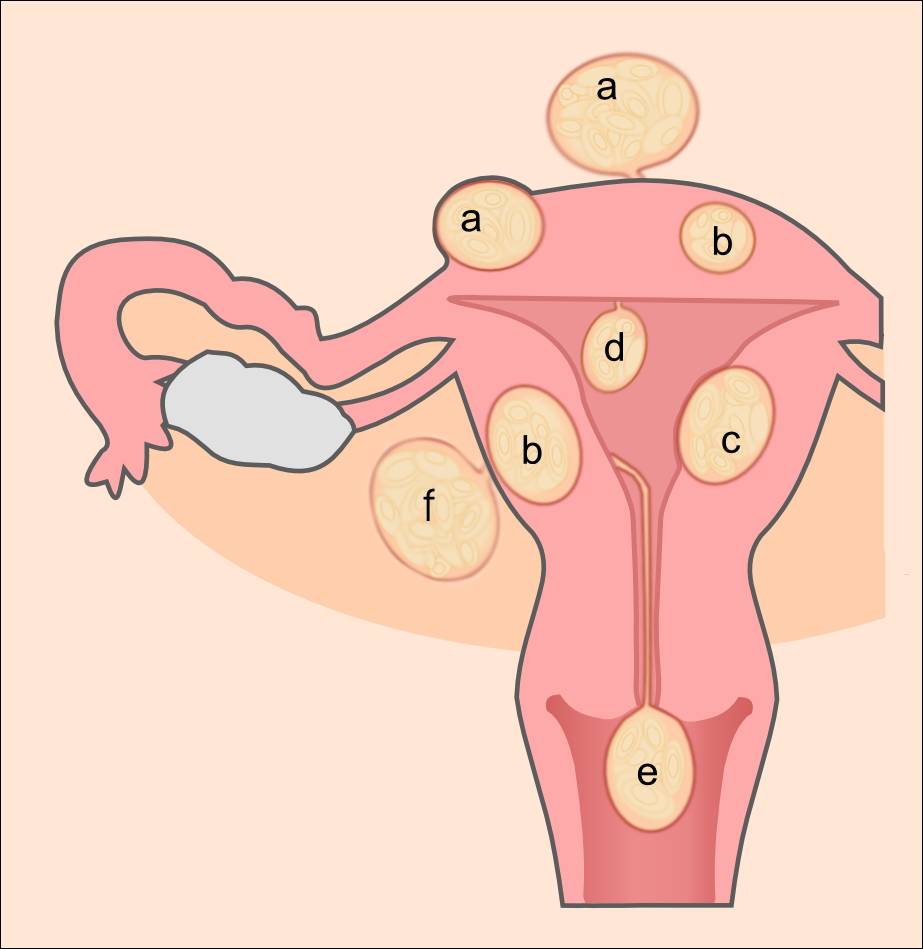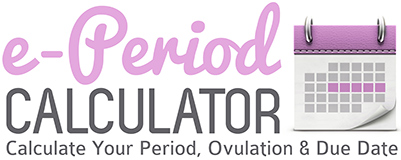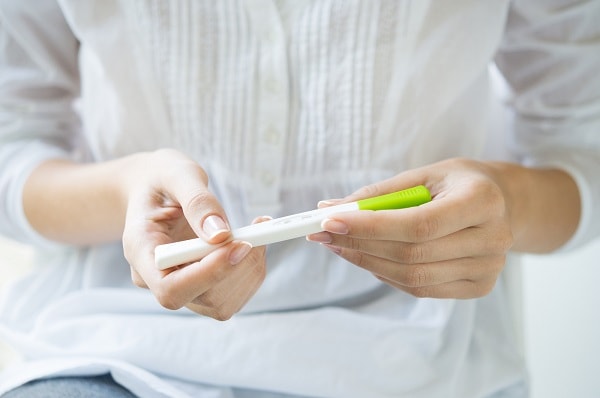Studies show that one in every five women has fibroids throughout their childbearing years. As a matter of fact, most will not even know because they are not experiencing any symptoms. If you are wondering if you have uterine fibroids in pregnancy, you should read on as the following article will tell what you should know.
Typically, uterine fibroids are benign and they develop inside the womb of a fetus in the child-bearing years.
About twenty percent of women have uterine fibroids at this time, so it’s not uncommon for a pregnant woman to develop this disorder due to higher levels of the estrogen hormone.
Uterine Fibroids in Pregnancy – What You Should Know
These fibroids are non-cancerous growths that appear inside the uterus, but they will not increase your risks of having uterine cancer. So far, the cause of it is unknown but the chemicals, genetics, and hormones in your body might affect your chances of having them.
When it comes to pregnancy, the fibroids normally do not interfere with a woman’s condition but it’s quite possible that they could block or change the shape of the fallopian tubes. This could have an effect on future pregnancies.
Common Symptoms
Some of the common symptoms of fibroids include heavy bleeding during menstruation, bleeding between periods, pelvic cramping, pain or pressure, frequent urination, constipation, and leg or back pains. You could experience pain during sexual intercourse and a full feeling in the abdomen as well. Any woman with fibroids can have these symptoms, but some are particular to pregnant women. You might feel some pain in the lower abdomen during pregnancy—a symptom that you should tell your doctor about. Bear in mind that there are many cases where no symptoms are experienced.
These are some of the common symptoms which are linked to fibroids and pregnancy:
Growth of fibroid during pregnancy: Uterine fibroids grow in different patterns during pregnancy. Some shrink and others maintain the same size. For this reason, the fibroids have to be monitored in a pregnant woman to ensure that there are no complications.
Post-delivery hemorrhage: The muscle inside the uterine wall might not function properly after childbirth once the placenta is separated from the uterus, and this will cause more bleeding.
Placental abruption: This will only happen if the placenta is separated prematurely from the uterus. Studies show that this event will happen in one out of every two hundred pregnancies. This symptom comes with many negative aspects, including the inability to carry nutrients and blood to the baby—something that could threaten the little one’s safety and life.

“Uterine fibroids” by Hic et nunc – Own work. Licensed under CC BY-SA 3.0 via Wikimedia Commons.
Schematic drawing of various types of uterine fibroids
a = subserosal fibroids
b = intramural fibroids
c = submucosal fibroid
d = pedunculated submucosal fibroid
e = fibroid in statu nascendi
f = intraligamental fibroid
Here are some other facts that you should know about:
In addition to postpartum hemorrhage and placental abruption, fibroids in the uterus could cause the baby to be positioned in the wrong way and this might call for a cesarean section delivery. Fibroids can also increase the risk of miscarriage, heavy bleeding right after labor, breech birth, and premature labor. In some instances doctors might recommend that problematic fibroids be removed before a woman gets pregnant.
Treatment for Fibroids Symptoms
It is common for women to be affected by anemia during pregnancy. This problem could worsen if bleeding occurs in pregnancy or some heavy periods. In most cases, iron supplements are given to relieve this symptom. If you are not pregnant, you could use intrauterine devices or birth control pills to control the heavy periods as well as to reduce pain. Medications can also be taken to relieve the pain.
When postpartum hemorrhage is involved, medications, blood transfusions, or even surgery might be necessary. Some other treatments might include resuscitation, hypovolemic shock, managing obstetric hemorrhage, and the basic identification of hemorrhage causes.
Some physicians might prescribe hormonal therapy injections for the short term to shrink the fibroids or maybe non-steroidal anti-inflammatory drugs for pain or cramps. These types of treatments or medications can relieve some of the common symptoms which are linked to pregnancy and uterine fibroids.
For placental abruption, the doctor might monitor you closely in a hospital for up to the thirty-fourth week of pregnancy. A closely monitored vaginal pregnancy might be recommended after this time.
Uterine Fibroids Diagnosis
In order to diagnose this condition, your health care practitioner or doctor will discuss your medical history and complete a physical examination. This examination will include a pelvic test. A doctor can often feel an irregularly shaped uterus if fibroids are present. Please note that larger uterine fibroids will cause the uterus’ shape to change. In addition to that, an ultrasound can identify if you have uterine fibroids.
At the end of the day you need to maintain a close relationship with your doctor if you have uterine fibroids in pregnancy in order to avoid complications. This is important because you need to contact him or her as soon as you have a problem to make sure that you are safe.



